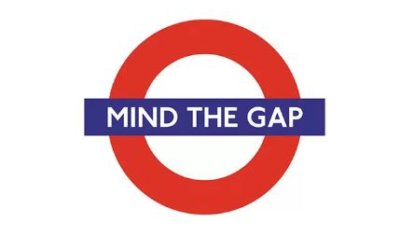Years ago, car salesmen kept the current month’s yellow NADA book in their desk drawer, at the ready when the value of your trade-in needed to be established. The buyer didn’t have much to go on and that lack of knowledge led to significant profits on used cars, with sizable drops in value the moment you drove away.
The arrival of the internet evened the playing field somewhat but it was the assembly of complex databases that drew from shared information that transformed the used car purchase experience. Today, sales reps can pull up a graph of mileage and price information from a variety of sources to show that the car they are selling is competitively priced against comparably equipped competitors of the same vintage, within a fifty mile radius. A popular service is called “V Auto” and it allows the retail industry to use the power of an informed consumer to better guarantee the sale.
If the dealer buys them right and reconditions them properly, the sale becomes a matter of comparison. To whatever profit is gleaned from the sale, a healthy payment from the bank is added, as a thank you for securing the customer’s loan. Margins can be healthy.
Welcome to the world of immediate value feedback. Rather than rely on the customer being in the dark, the power of information is leveraged to reinforce value. Those who are disciplined in the use of these systems are doing exceptionally well. Those who ignore this trend are lost in a sea of irrelevancy.
In higher education, the value feedback loop has been shortening but remains a much longer cycle than consumer goods. For new students, if two schools are considered equal in most respects, that form of “value equivalence” is compared with the net price being charged. The more pricey option must then rely on other factors, including the visit experience and connections with faculty to overcome a net price disadvantage. Absent effectively conveying those distinctions, the student chooses the competitor.
Existing students tend to be comparison averse. Having becoming enamored by the institution over the course of a year or more, their goal is to make it work financially without having to go somewhere else. Today, this is reflected in higher retention rates and lower transfer numbers for many institutions.
Returning to our crop of new recruits, it is interesting to note that most admission departments are all too familiar with where they stand in the value and cost equation. A competitor that averages $500 less in net cost will be relatively easy to overcome. As the difference grows beyond $2,000 per year, the selling process is all the more challenged. Approaching $4,000 leads to a very high “win” rate for the lower cost equivalent.
Some who struggle with a significant cost disadvantage are able to hang on for a few years before cost differentials derail recruitment. This form of “brand harvesting” relies on well-established pipelines and a rock-solid reputation to delay new student aversion. Eventually, however, a growing cost differential will affect recruitment, particularly when paired with lower than desire campus reinvestment.
By then, it’s too late.
A drop in students creates an immediate budget shortfall that must be made up to keep the institution in the good graces of accreditors, the Department of Ed, banks and the cash register. A singular focus toward spending cuts to bring the budget into balance leaves room to correct the value differential. Most of us are loathe to cut any more than absolutely required. The result is that, in this case, the budget winds up balanced but the primary issue that provoked the mid-year cuts remains; value is out of sync.
Some schools contend with less than planned recruitment for a period of years, resulting in deep operational cuts while the same net price differential continues unabated. This doesn’t end well.
What if a careful analysis is performed each year, comparing your net price with that of your nearest cross application schools? Whenever a material difference is identified, spending reductions are made to get out in front of value conversations – well before those efforts merely bring the budget into balance. As a result, before students discover a less costly option from another “value equivalent” institution, competitive net prices have been dialed in that generate surplus operations and afford the ability to continue funding needed initiatives. New student numbers may remain constant or grow ever so slightly but the whipsaw of value-driven declines is avoided.
Indeed, the higher ed value feedback cycle is bound to become ever shorter, requiring more immediate attention if net costs are out of line with competitive schools. Better to address these issues head-on than to waste painful budget cuts on the annual balancing act, perpetuating a value equation that feeds ever lower results.
As an industry, we are not all that experienced in getting out in front of, well, anything. This is worth an exception.



